Preparedness
Surviving with Edible Plants
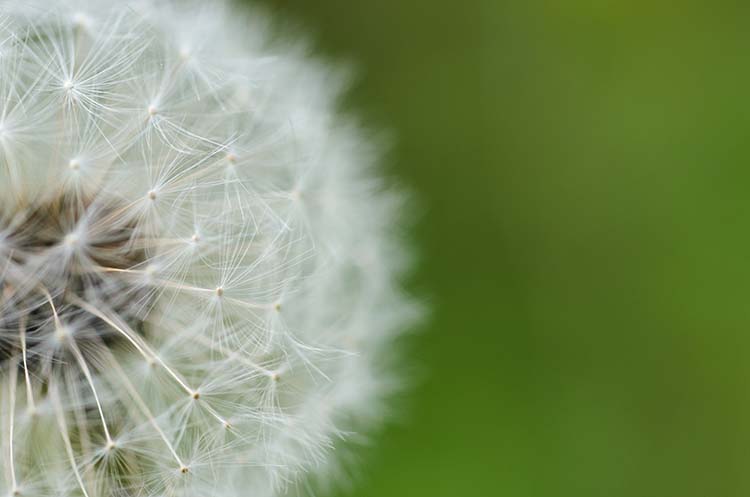
Finding Sustenance in the Wild
Believe it or not, the wild has a lot of sustenance to offer the human body if no immediate food is available or around. Other than the obvious, such as berries, a variety of plant life can provide enough carbohydrates, vitamins, and protein to keep the body from malnourishment if stranded or lost from civilization. The following is a detailed list of edible wild plants that can be found throughout the majority of the United States including the southwest United States.
Edible Wild Plants
Cattail
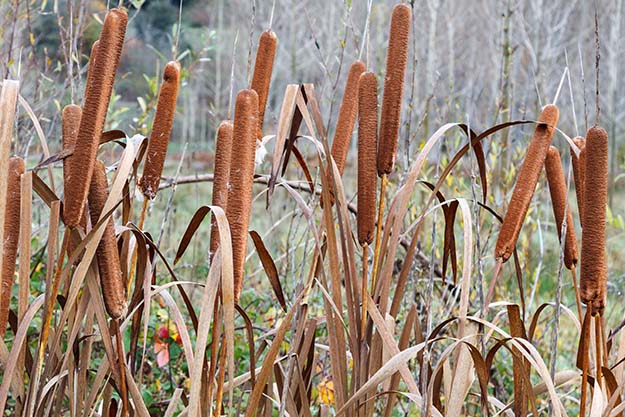
Cattail, also commonly known as Bullrush, is recognized by their cigar shaped head atop a stout stalk. Cattail can be found in various areas throughout the United States but are most common near or around lakes and small swamps. Inside the cigar shaped portion of the cattail plant is a soft texture that, once flowered, can be used to make mats, baskets, and even torches if dipped in oil or fat. The shoots belonging to the cattail plant can harvested and consumed raw for a healthy amount of carbohydrates and vitamins. The roots can also be harvested to make flour which is high in protein and carbohydrates.
Dandelions

Of course dandelions can be found almost anywhere throughout the world, especially throughout the United States. While Dandelion Tea is commonly known, eating dandelions entirely by themselves isn’t. The dandelion is one of the most easily identifiable plants but what is not commonly known is that the dandelion is edible from the root to the flower. Usually the younger the dandelion plant, the better the taste as the taste will turn bitter as the plant matures. To remove bitterness, boil or simmer the dandelions briefly prior to consuming.
Shepherd's Purse
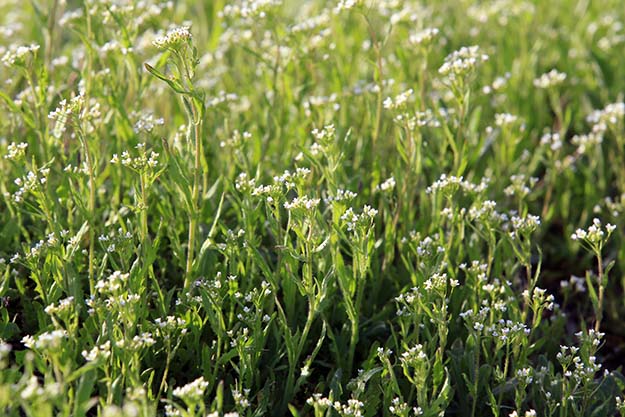
Shepherd's Purse can be found where dandelions grow and is primarily used as a medicinal plant regardless of the plant’s edible compounds. Like dandelions, the younger leaves belonging to the Shepherd's Purse taste much better than the older ones as with age they become bitter. However, the leaves can be boiled to reduce bitterness. Shepherd's Purse also has seed pods that grow alongside the leaves which are also edible.
Lamb’s Quarters
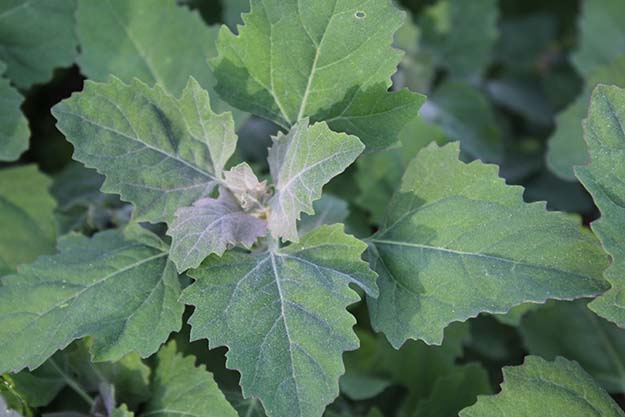
Commonly known as goosefeet, are a relative of quinoa and can be consumed much similar to spinach. Lamb’s Quarters is a very important survival food because of the amount of protein and carbohydrates this plant provides as well as the seeds are also high in protein making this plant perfect to be consumed at any stage of its life.
Prickly Pear – Prickly Pear can be commonly found amongst cactus especially in the southwestern United States. However, the biggest setback to this edible plant is the needles that will need to be removed before consumption. Either they can be physically cut off or burned off. Fortunately though the Prickly Pear is a fairly large plant is a highly nutritious.
Importance of Sustenance from Plants
It is important to know which plants to identify for consumption while out in the wild. Teaching this information to children at a young age will benefit them greatly especially if ever lost in the woods for a limited time. By maintaining proper nourishment from plants that contain sustenance while out in the wild probability of survival may be increased tenfold.
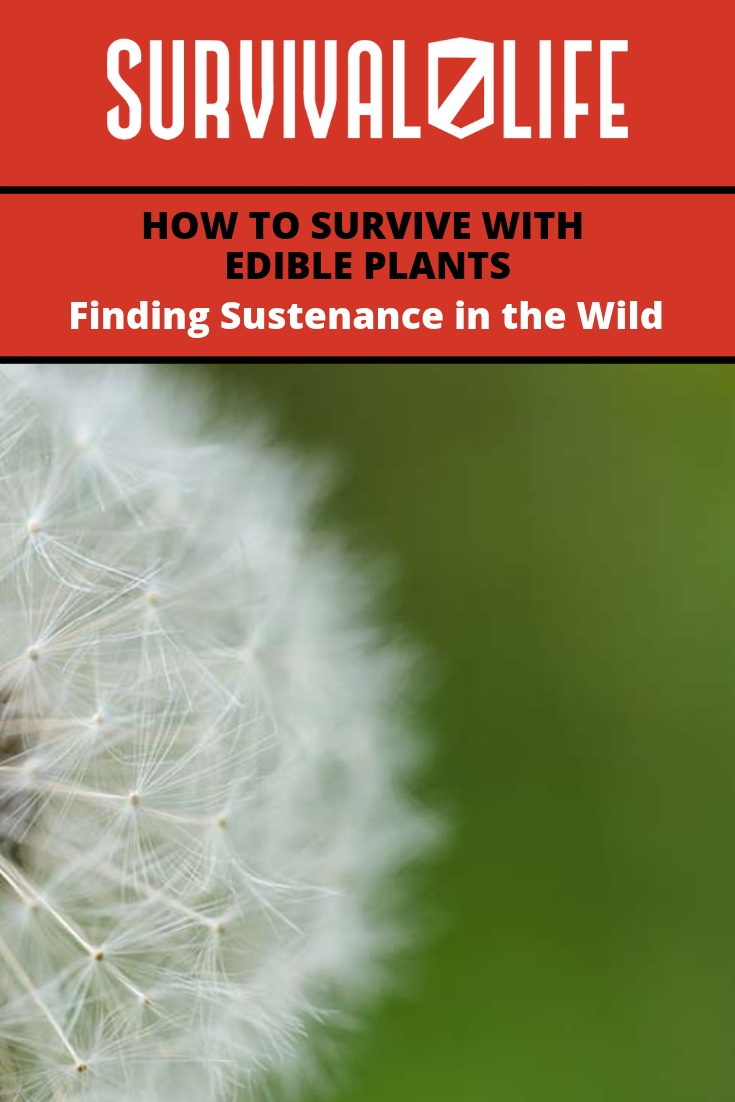
-

 Paracord Projects1 year ago
Paracord Projects1 year agoParacord Projects | 36 Cool Paracord Ideas For Your Paracord Survival Projects
-

 Paracord Projects1 year ago
Paracord Projects1 year agoHow To Make Paracord Survival Bracelets | DIY Survival Prepping
-

 Medical Care1 year ago
Medical Care1 year ago21 Home Remedies For Toothache Pain Relief
-

 Knife Laws1 year ago
Knife Laws1 year agoAre Switchblades Legal? Knife Laws By State
-

 Do It Yourself1 year ago
Do It Yourself1 year agoSurvival DIY: How To Melt Aluminum Cans For Casting







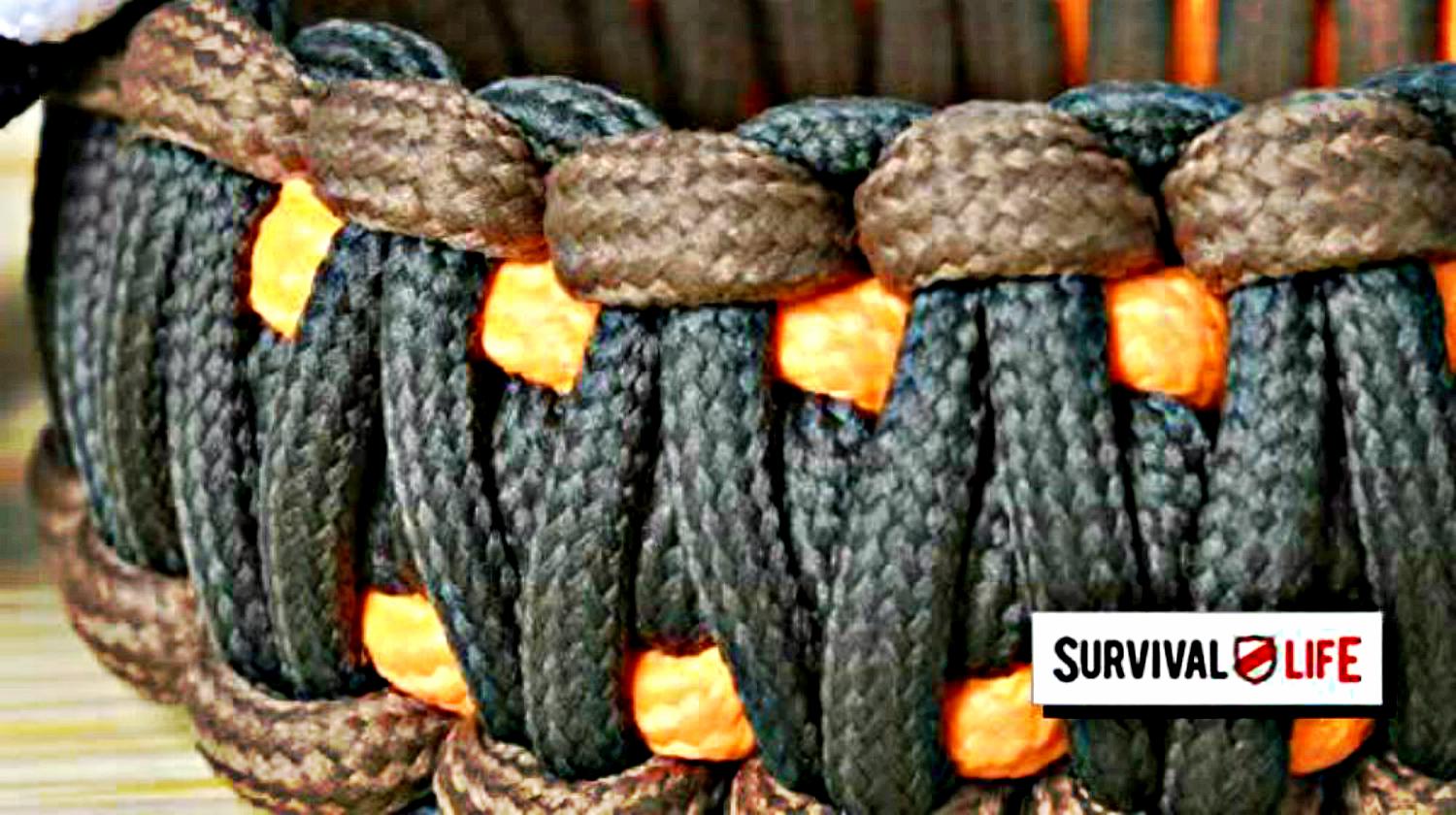



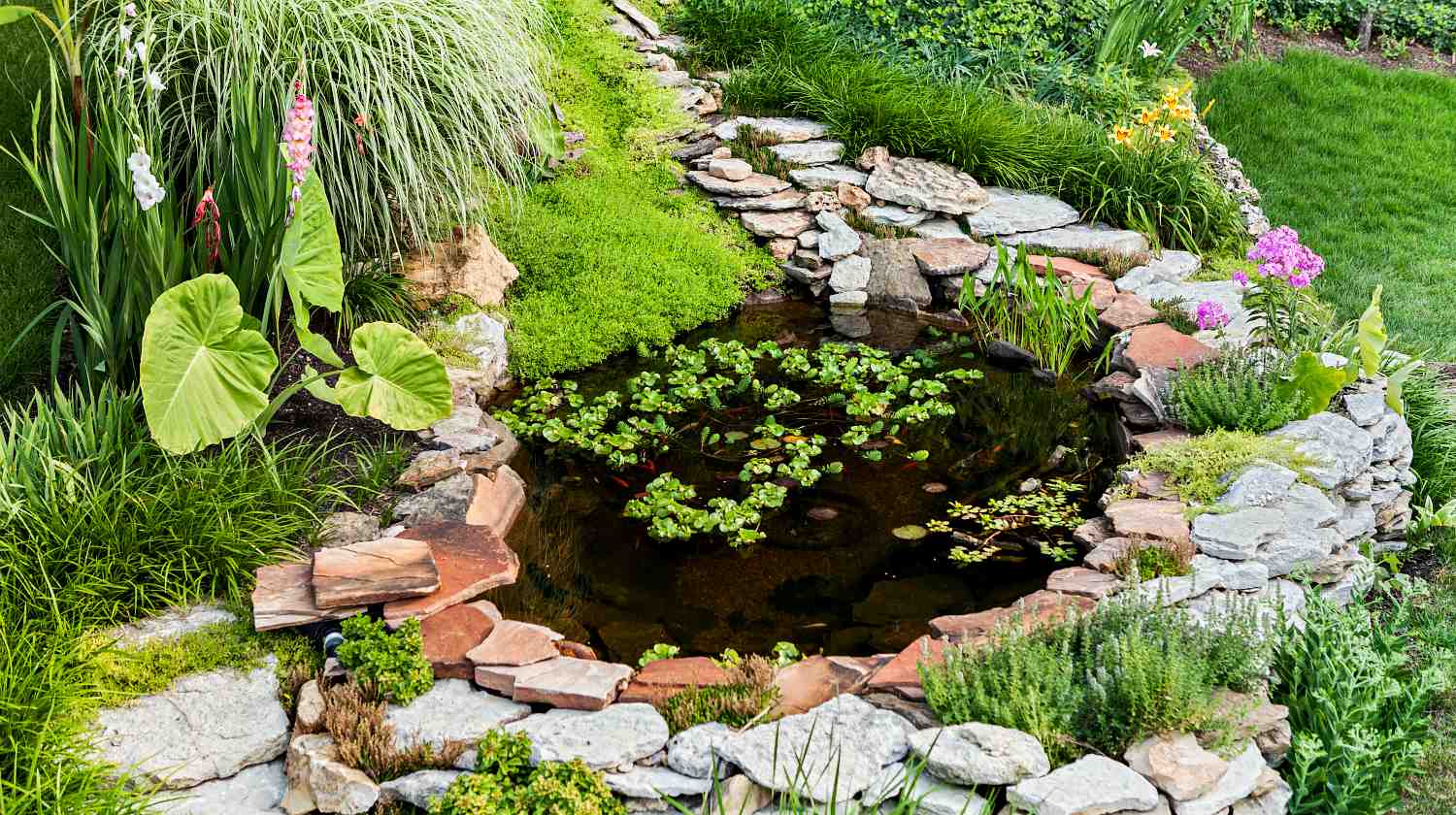


Nancy Hoehnke
February 17, 2016 at 12:39 PM
Do you have a printable disaster preparedness survey to be able to share with other people?
Pingback: Winter Survival Kit | Survival Life
Pingback: 30 Medicinal Plants That Could Save Your Life
Pingback: Edible plants: How to quickly, easily, and safely find them in the wild
Pingback: Introducing Frailejones: The Andes' Perfect Survival Plant
Pingback: Introducing Frailejones: The Andes' Perfect Survival Plant
Pingback: Introducing Frailejones: The Andes’ Perfect Survival Plant - Survive!
Pingback: Survival Life - Survive!
Pingback: Introducing Frailejones: The Andes’ Perfect Survival Plant | Life Off The Grid
Pingback: Introducing Frailejones: The Andes’ Perfect Survival Plant - Survival Patch
Pingback: Benefits of Dandelions | More Reasons to Love the Survival "Weed"
John Erdie
April 23, 2019 at 11:15 AM
Purslane is full of many good nutrients and minerals, better for you than anything in the garden. Thistle flowers, Elderberries, Wild Ramps in the Spring, Watercrest and many others.